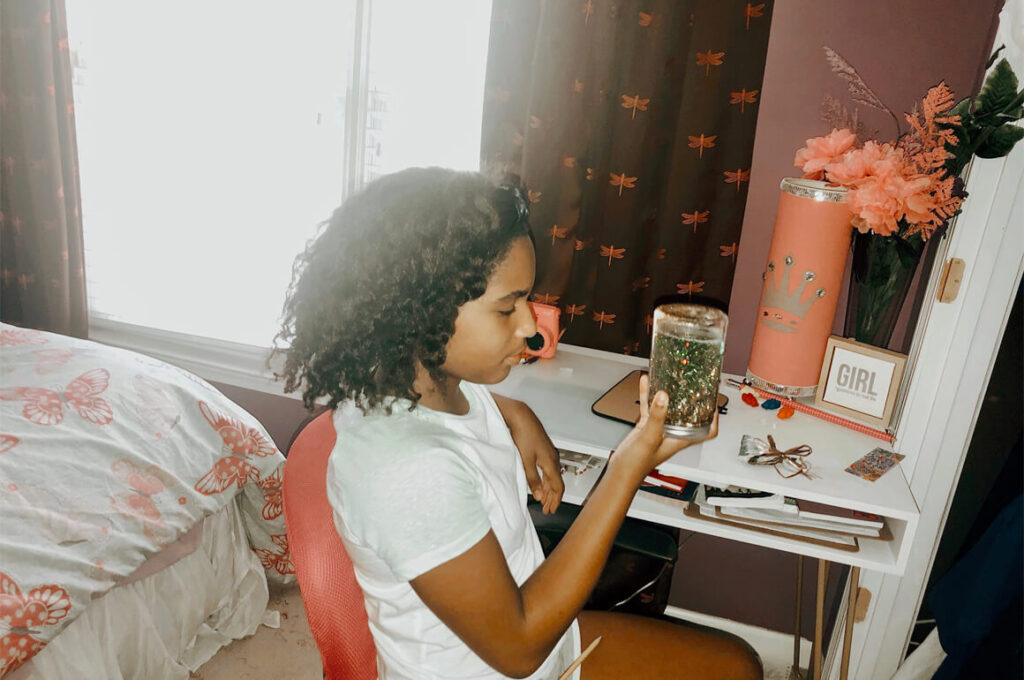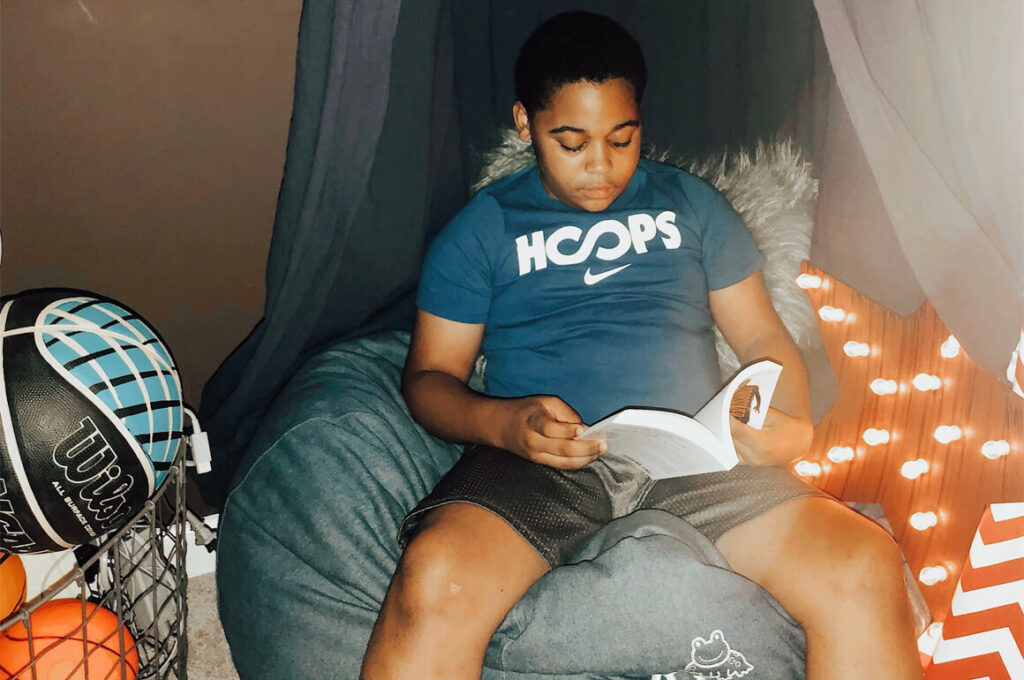

My twins are like night and day - personalities, looks, and learning styles. My daughter is a natural creative and also operates in black and white and is a bit of a perfectionist. My son is a natural analyst - he likes stats and numbers and thinks done is better than perfect. Keeping them engaged while in the same space takes creativity, flexibility and patience.
We emerged murky from the Spring 2020 virtual learning reality with precious few months to get ready for school. I wasn’t concerned with them learning new content. Rather, I just wanted to reinforce the basics without it feeling like a chore.
I wanted them to have natural learning experiences that segwayed into real life so we could have fun and be productive. Here five ways that came to life:



-
Read and share with me.
I want the kids to love reading. We looked at a number of books over the summer and I let each pick out a few. (Among their favorites were The Crossover, Middle School, The Worst Years of My Life, As Brave As You, and Breakout.) The deal was they had to read for 20 minutes each night and then tell me about what they’d just read. The conversations were interactive and lively. We talked about characters and their experiences, thoughts about details of the stories and more. It helped them retain content and helped me know if they really understood what they read - and mostly it helped them maintain a rhythm of daily reading. I think they sometimes surprised themselves at their retention and it made them more eager to keep going. And they felt great pride when they’d reach the end.
-
Write about your day.
I’m a sucker for a pretty notebook and often pick one up when I’m out and about. Each kiddo was given a notebook and asked to write at least 5 sentences about their day before bedtime. The content and sentence structure didn’t matter to me. What I was looking for was them to understand how to put together their thoughts and get in the habit of being able to write on command. I wanted them to write freely without fear of critique. They’d share and I’d give them a hug afterward and thank them. This pressure-free activity helped them get excited about writing and I noticed their writing improved (and got more lengthy) over the weeks.
-
Find the math in everything.
How many clouds can you count? Can you measure out the ingredients for this recipe? What if I want to cut this recipe in half? What if I want to double it? Can you cut 4 equal strips of ribbon for this gift? I tried to weave math into our daily activities to make math practical and help them be able to translate it into real life experiences. It didn’t hurt that they helped with some cooking and chores in the process.
-
Tell me something good.
Many years ago, a colleague told me that his kids were required to stand at the kitchen table and speak nightly. I thought this was crazy at the time...I didn’t have kids. But we started this and it’s been great. I ask them to stand at the dinner table and tell me something good - could be about their day, something that happened on a video game, really anything. (We love Table Topics to help us along sometimes.) Being able to speak to any and everyone is a good life skill and will help them long-term. It will also help decrease any anxiety that comes from answering teacher questions and presenting in groups. Right now, I just want to build their confidence in front of a loving audience so they will feel equipped to articulate their thoughts to others.
-
Put science to work.
We love an experiment - hydro dipping, calming jars, baking soda and vinegar in the sink, mentos in coke bottles, slime, baking, and so much more. I want them to understand how science is around us in everything we do and that they can use it in a number of fun ways. After each activity, we talk about the science behind it. It’s fun...and they’ve helped my sink sparkle.
The goal is to make learning feel natural and fun, so they don’t even know what hit them. Let me know if you try any of these or if you have some we can add to the list.











Leave a Comment